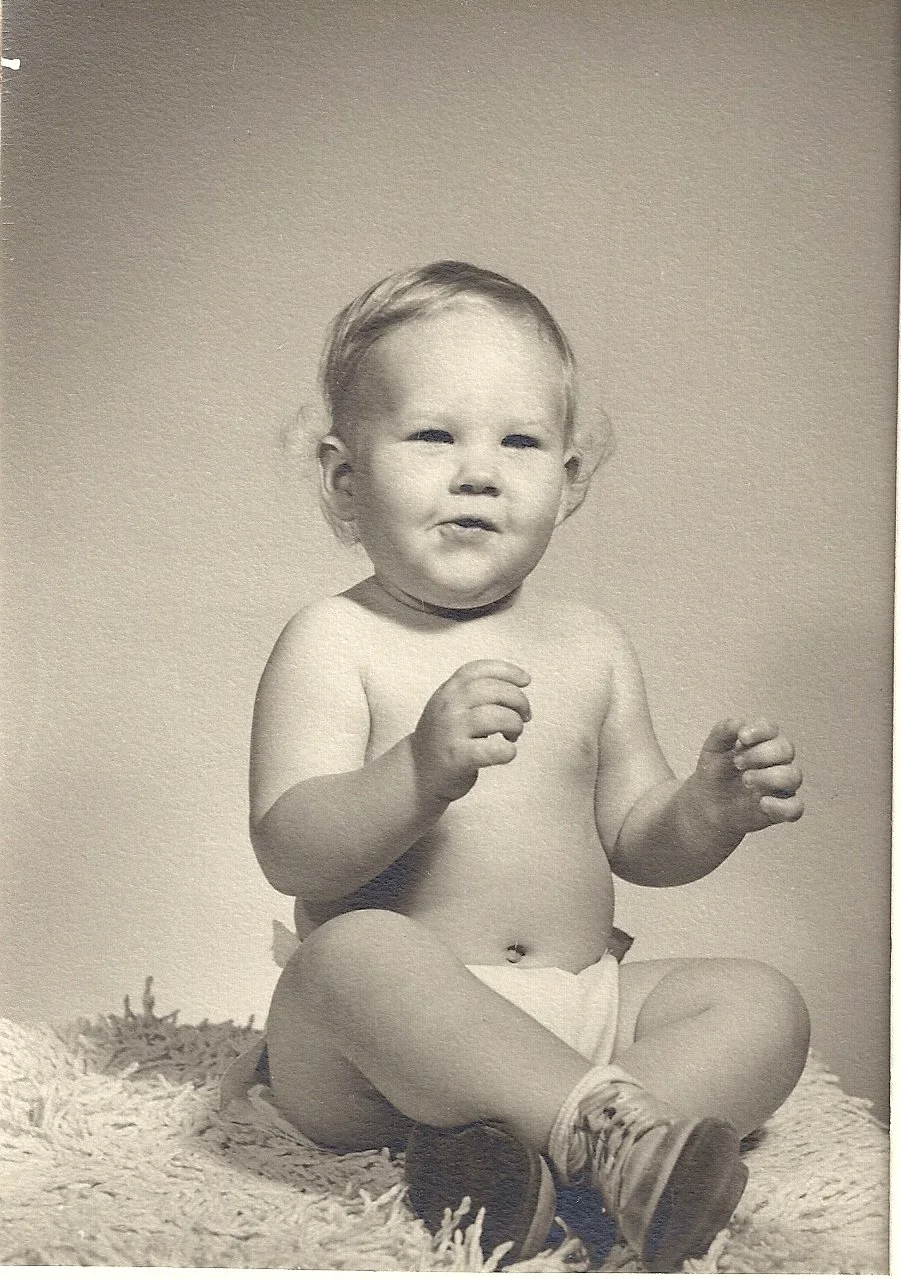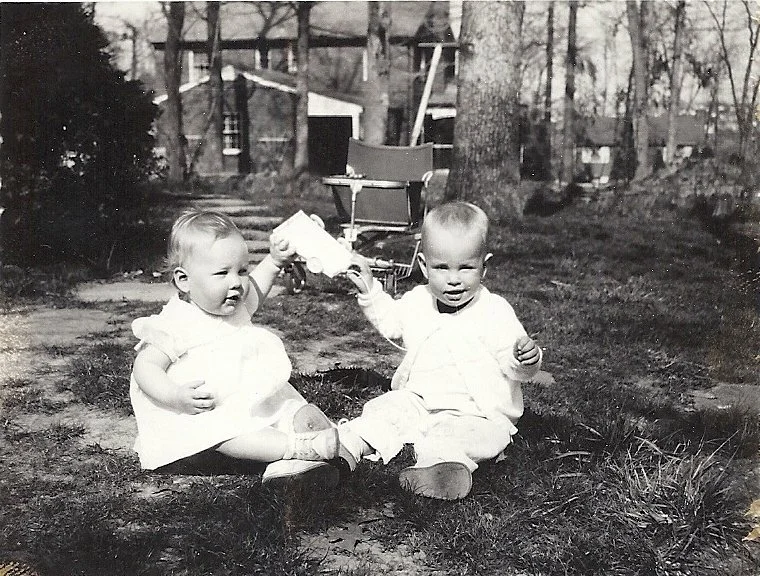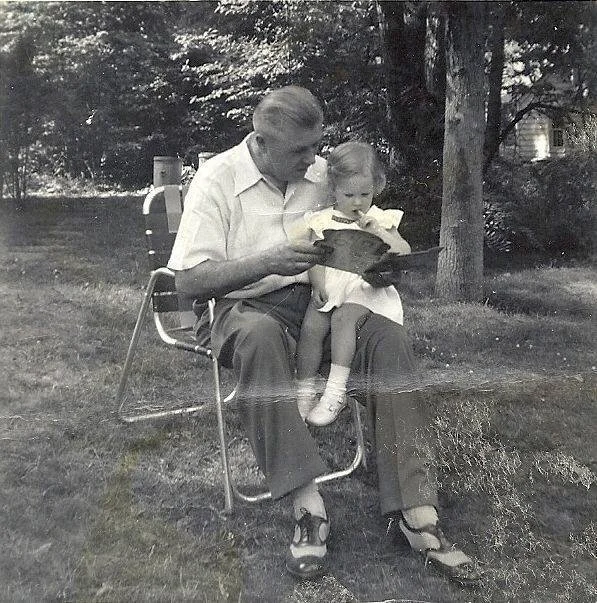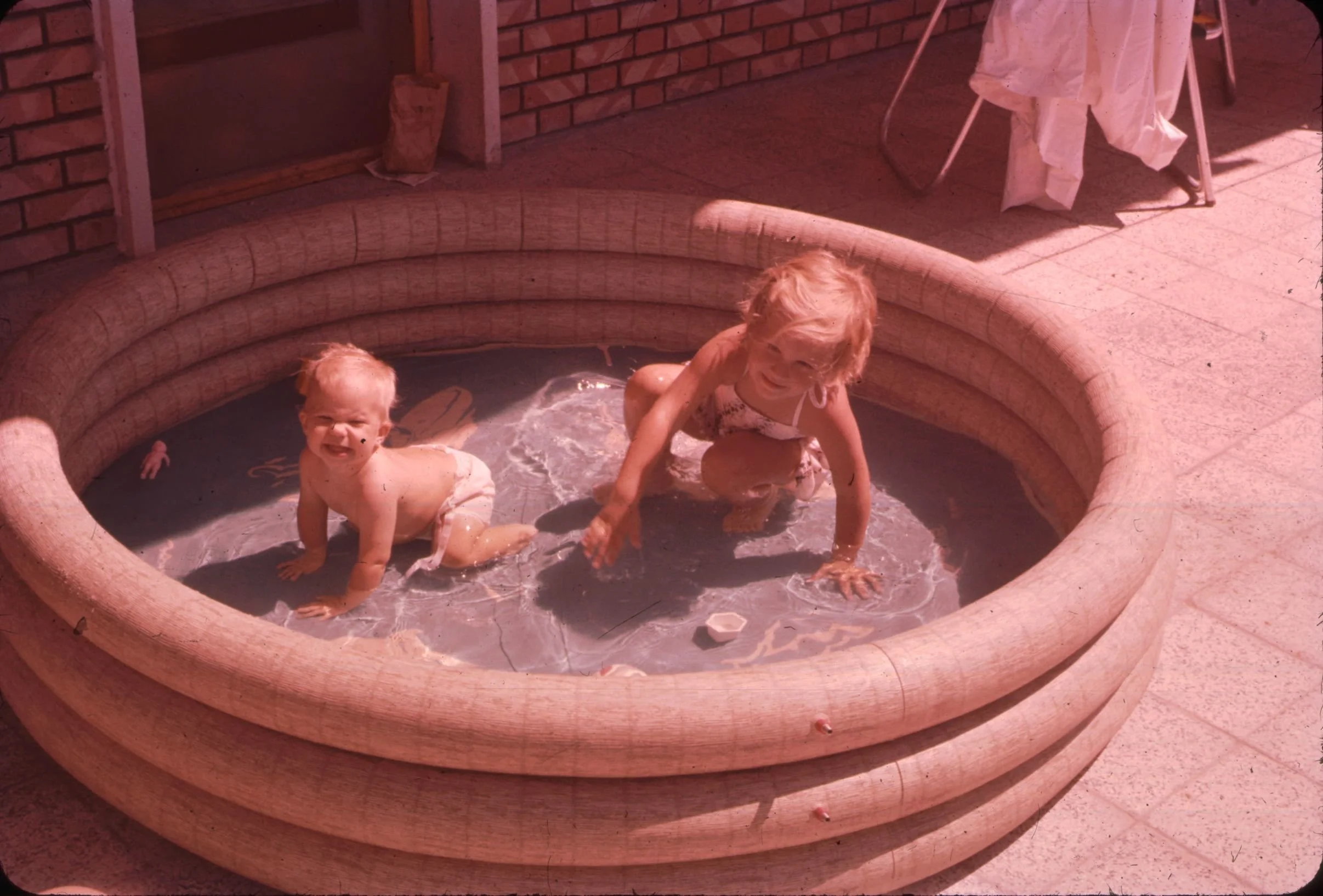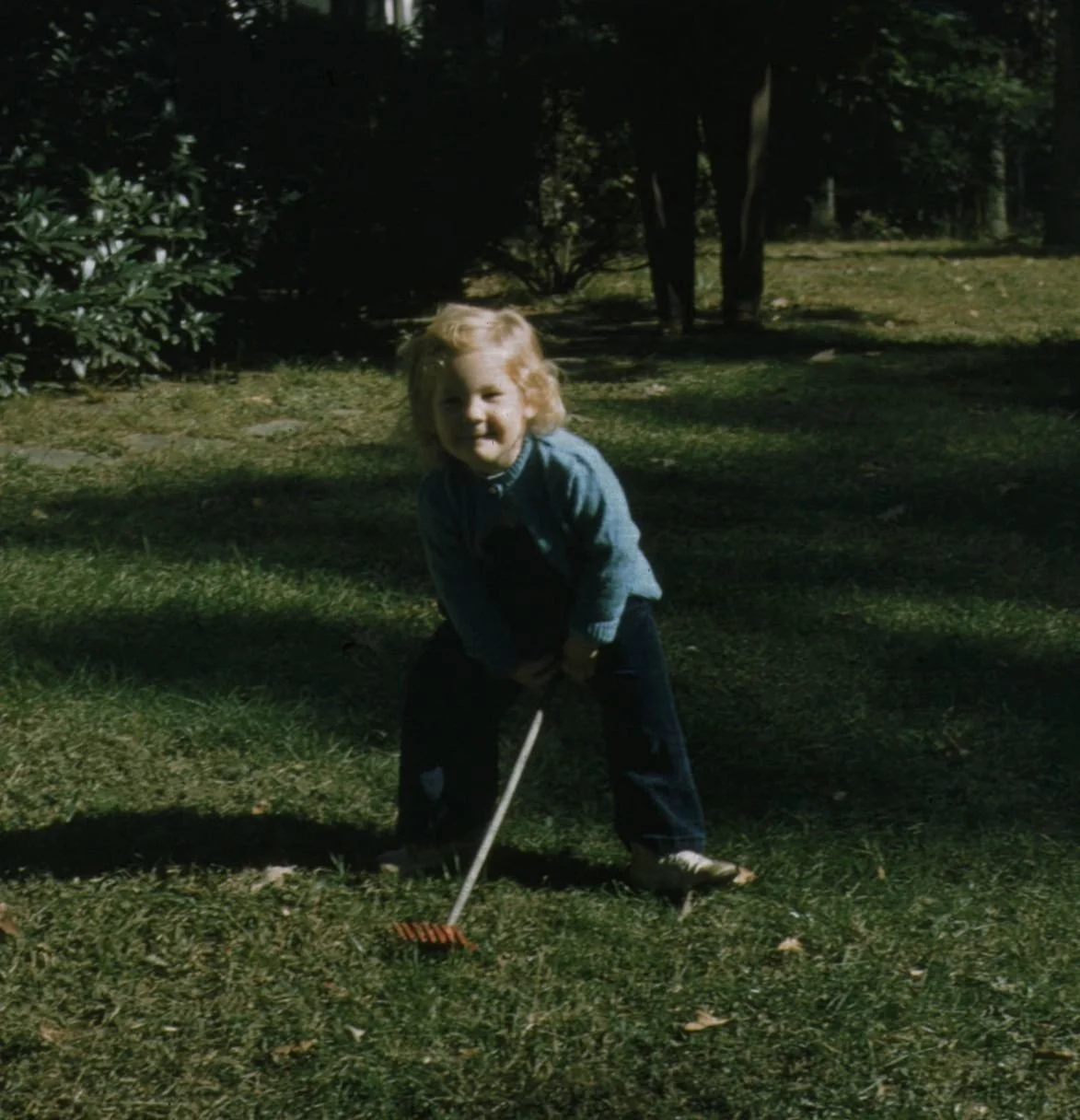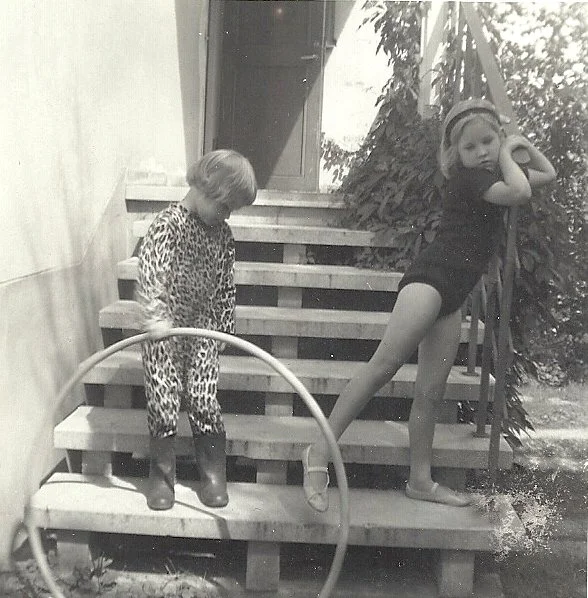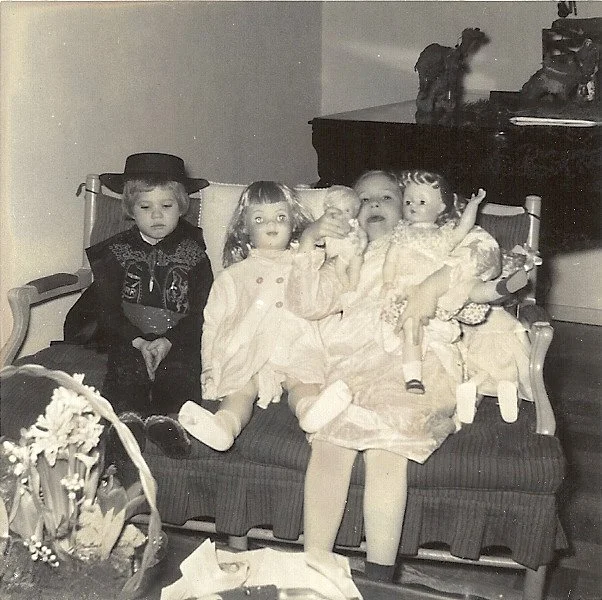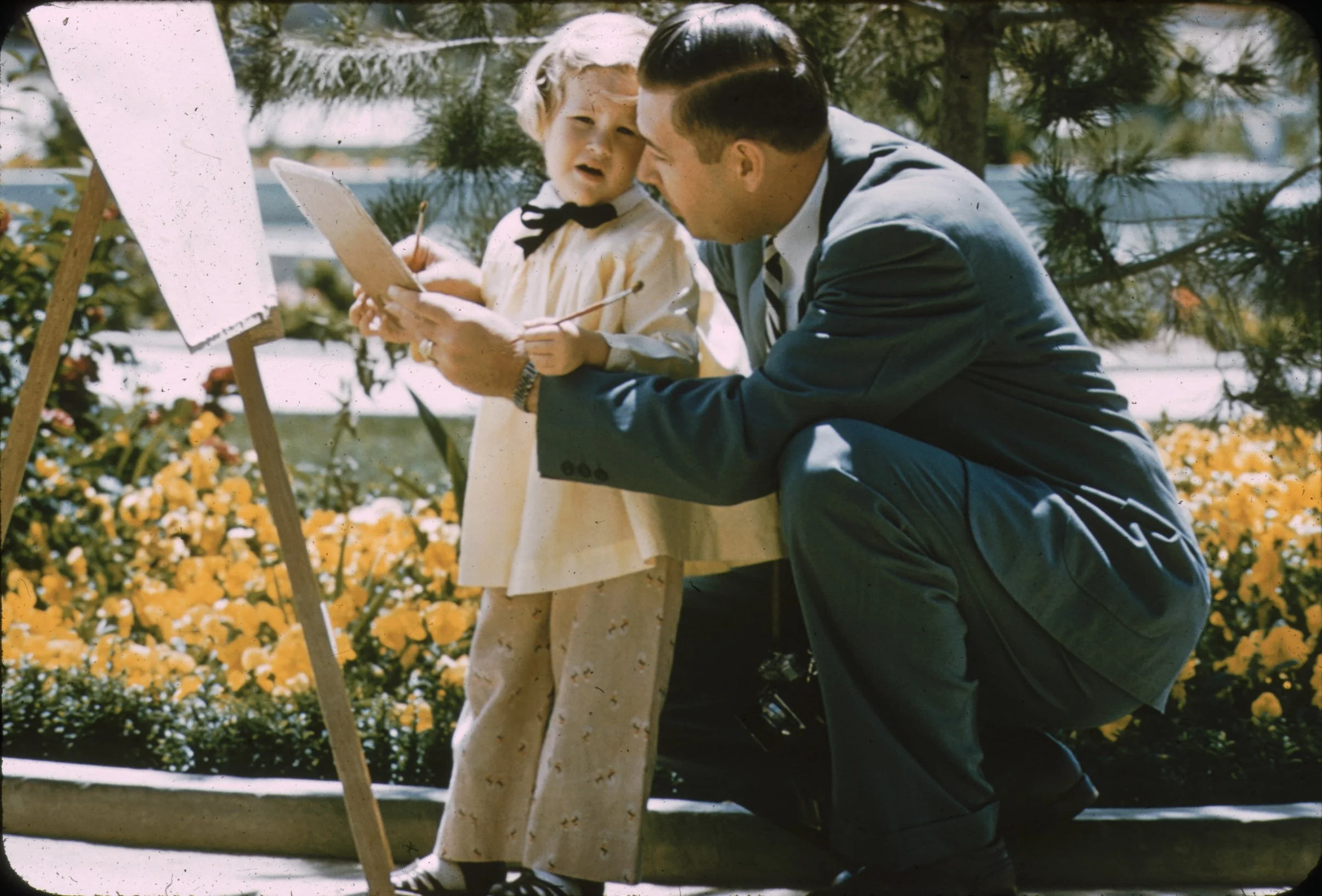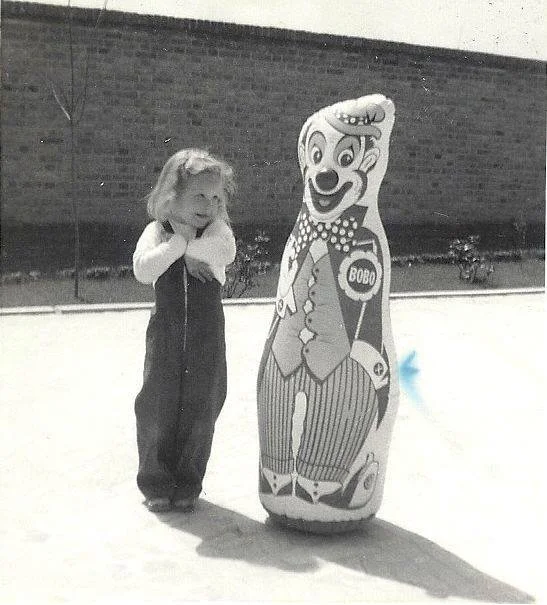What is resilience?
When I first saw this clip a few weeks ago, I thought it was a fantastic representation of resilience! But what IS resilience, and how do we promote it in the children we work with?
In their NAEYC article on resilience, Peter Pizzolongo and Amy Hunter share the American Psychological Association’s definition of resilience as “the ability to adapt well to adversity, trauma, tragedy, threats, or even significant sources of stress.” They mention research that identifies factors related to infant temperament, like being easy-going, affectionate, and active, as predictive of a child’s resilience. Factors such as a young child’s willingness to ask for help when needed, and an emerging sense of humor have also been shown to be part of this valuable trait.
Sounds good! But how do we GET it?
The Devereux Foundation identifies three primary protective factors involved with resilience:
1) Attachment/Relationships: which refers to the child’s ability to promote and maintain mutual, positive connections with other children and significant adults.
2) Initiative: the child’s ability to use independent thought and action to meet his or her needs.
3) Self-Regulation: the child’s ability to to express emotions and manage behaviors in healthy ways.
Devereux has a great poster that highlights specific behaviors in children that demonstrate these factors..check it out here!
I consider myself a pretty resilient woman. Although I’ve been blessed with much, I’ve also had my share of trauma over the last few decades and have been able to keep riding those waves of change. What was it about MY early childhood years that allows me to keep bouncing back? Here’s a quick pictorial tour of the protective factors my family offered me that I am SURE helped to promote my resilience!
Protective factor #1: Attachment and Relationships
I was born with the kind of temperament that made it easier to form a relationship with me (although I doubt that my sweet Mother would call her plunge into motherhood with me easy!). Temperament is inborn; I got lucky!
Protective Factor #2: Initiative
They encouraged us to try new things (no, golf did not become my passion…).
My parents both acknowledged our feelings, and helped us to work through them, even as young children. In this photo, my dad is helping me to do what the nice man with the camera is asking me to do, which I obviously didn’t want to at age 3! (No, I am not an artist either…)
And the result of this support? TA DA! A beaming little artist on her way to resilience!
I’m sure many of you have read of Albert Bandura’s experiments with Bobo the Clown…you remember: we see a young child pounding on poor Bobo after seeing a grad student model aggression? Well, here’s a great example of emotional regulation when all of the protective factors are in place! A good day for little Stephanie AND her pal Bobo!
What protective factors can you think of that have impacted your own life? And more importantly: What have YOU done with the children in your care to promote resilience? (and no, you do not have to breakdance on a hopscotch game! But if you WANT to…or THEY want to…remember that part about developing a sense of humor!

